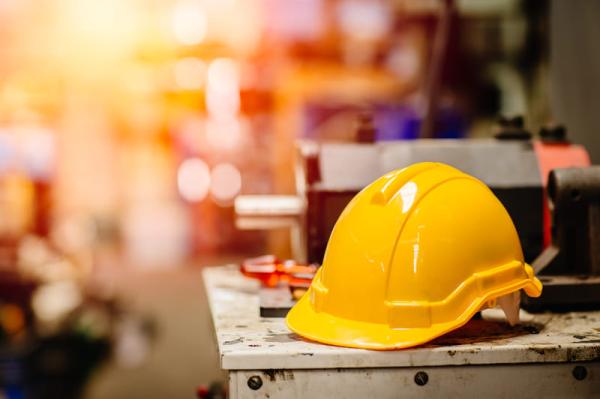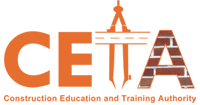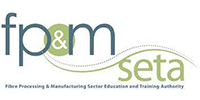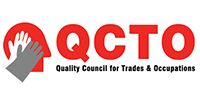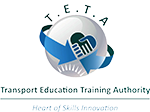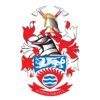Asafety officer course is an incredible asset for any workplace looking to protect its staff and operations. The course encapsulates a broad and varied range of topics and skills, but its foundation is made up of two key strategies: spotting potential hazards and constructing effective rescue plans.
This article will take both of these fundamentals and not only explain them but break each into two further distinct components. It will explore not only the nature of a threat, but the ways in which a safety officer addresses these. This article is brought to you by EMCARE, a professional service that provides emergency response training to individuals and businesses alike.
Safety Officer Course: Spotting Trouble Early
The real bread and butter of a safety officer’s work will involve identifying risks before they become disasters. A proactive and preventative approach to disaster management is by far the safest and most cost-effective solution, making it an absolute priority for any workplace. However, the fact is that many underlying risks can be all but invisible to the untrained eye, making professionally educated safety officers a key asset for discovering and reacting to red flags.
Red Flags In The Workplace
One of the key points of emphasis throughout a safety officer course is the importance of conducting regular inspections throughout the entirety of the workplace. These inspections will allow the officer to identify any potential hazards lurking around the premises, which they will then evaluate the likelihood and severity of harm caused by this risk. Whilst all risks are worth addressing, those labelled as most likely to devolve into a serious issue will be prioritized for action.
However, safety officers will do more than simply run up and down a workplace, addressing risks as they pop up. Their job is to also formulate and implement preventative measures based around each individual hazard. Red flags in the workplace might look like a faulty sprinkler system, slippery stair surfaces, corroding gas lines, water leaks or much more.
Red Flags In The Workforce
The reality is that whilst there are many potential hazards within and around the physical workplace, it is also true that there are red flags in the behaviours, attitudes and conditions of the labour force. A safety officer course will therefore stress the equal importance of monitoring one’s fellow workers for any sign of potential trouble. Safety officers are always on the lookout for signs that fellow staff are ignoring safety protocols, no matter how meticulous or thought-out a protocol is, it’s of little use if not adhered to.
One of the ways in this might reflect is if a workforce is regularly taking unsafe short cuts or half measures to “save time” or increase convenience. A safety officer will also take note of the communication between team members and staff in general, marking any signs of poor behaviour. Finally, safety officers will be alert for the signs of a workforce that is fatigued, distracted or stressed. This is because a strained workforce is not only more likely to make mistakes, but they themselves are at greater risk of stress-related medical conditions.
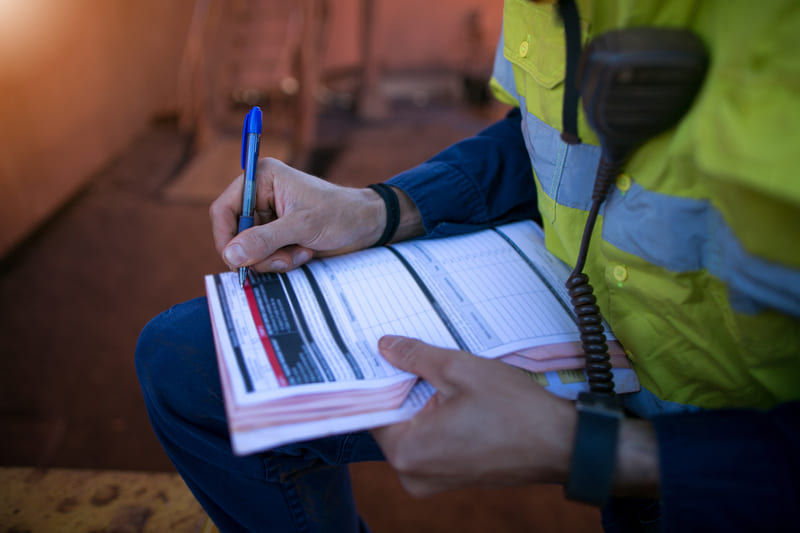
Safety Officer Course: Building the Blueprint
The second major component taught to any student in a safety officer course will be the importance and execution of a rescue plan. Any workplace and all of its staff will be relying on their safety officers in a time of crisis, operating on and being led through an effective rescue plan to guide them all to safety.
A safety officer course will teach students how to build an intelligent emergency plan based on the unique circumstances of any given workplace, taking into consideration unique factors of both the physical environment and makeup of the workforce.
Emergency Response
The first and most pressing part of any rescue plan will involve the immediate response to any disaster. In the case of a medical emergency, this will look like first aid, which may include CPR, staunching a bleed or stabilizing a broken bone. The next step is to establish a clear communication link with the rest of the workforce and relevant emergency services, alerting paramedics, firefighters or law enforcement as required. A trained safety officer will also be aware that one of the biggest indirect risks of a disaster is the panic it causes.
It’s up to the officer to manage a crowd and establish a sense of calm and order, lest fear lead to chaos, in which further emergencies are likely to occur. Another important factor to consider is the process of documenting an emergency, which is critical for legal and medical reasons, as well as for helping formulate future preventative strategies. Most people get too caught up in the action to remember to accurately document an event, but a trained safety officer will have the fortitude and control to do so.
Evacuation
Evacuation is a critical part of a workplace’s emergency response, especially in the case of incidents such as fires, gas leaks or natural disasters. Safety officers will be responsible for forming these plans, using their knowledge of the workplace, its labour force and the existing threats to plot out the safest escape routes. To ensure the viability of these evacuation plans, the safety officer course will stress the importance of regular drills for staff to practice until everyone is confidently able to make a safe and orderly escape.
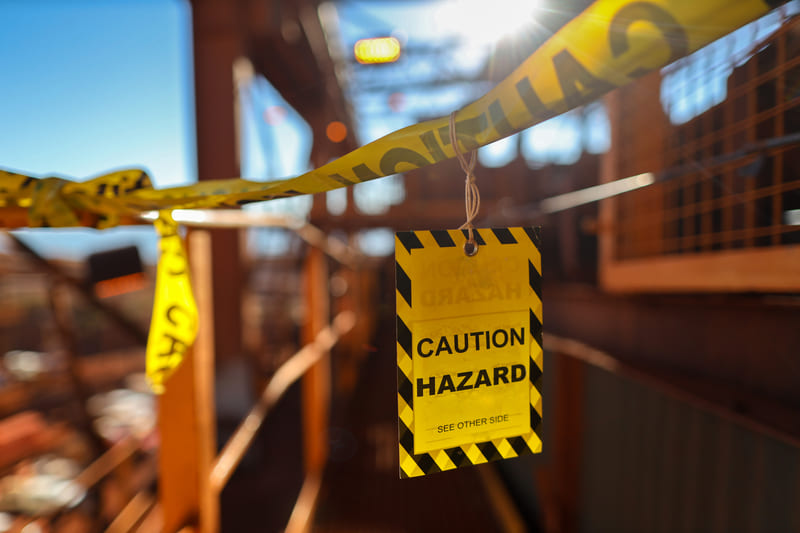
Safety Officer Course: Conclusion
A safety officer course teaches students a huge variety of skills which enable them to safeguard a workplace and its labour force. However, the two principles of risk identification and formulating rescue plans form the foundation of all of these skills. The prior enables for a proactive and preventative approach to disaster management, stopping crises before they even happen. The latter is key in case that worst should occur, helping mitigate the most serious damage caused by any disaster and build stronger preventative measures in future.
Visit our website today to learn more about all the safety courses we can offer you.

